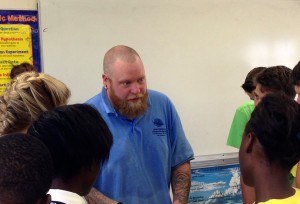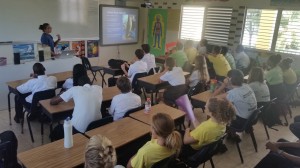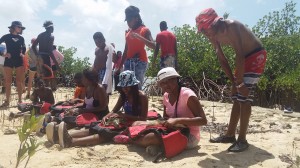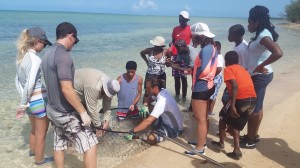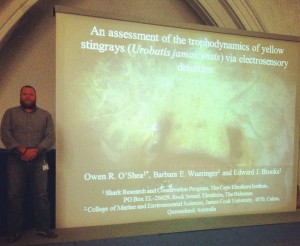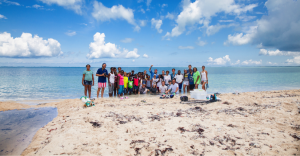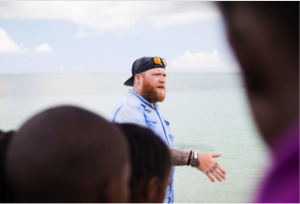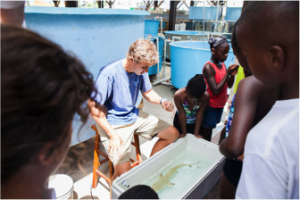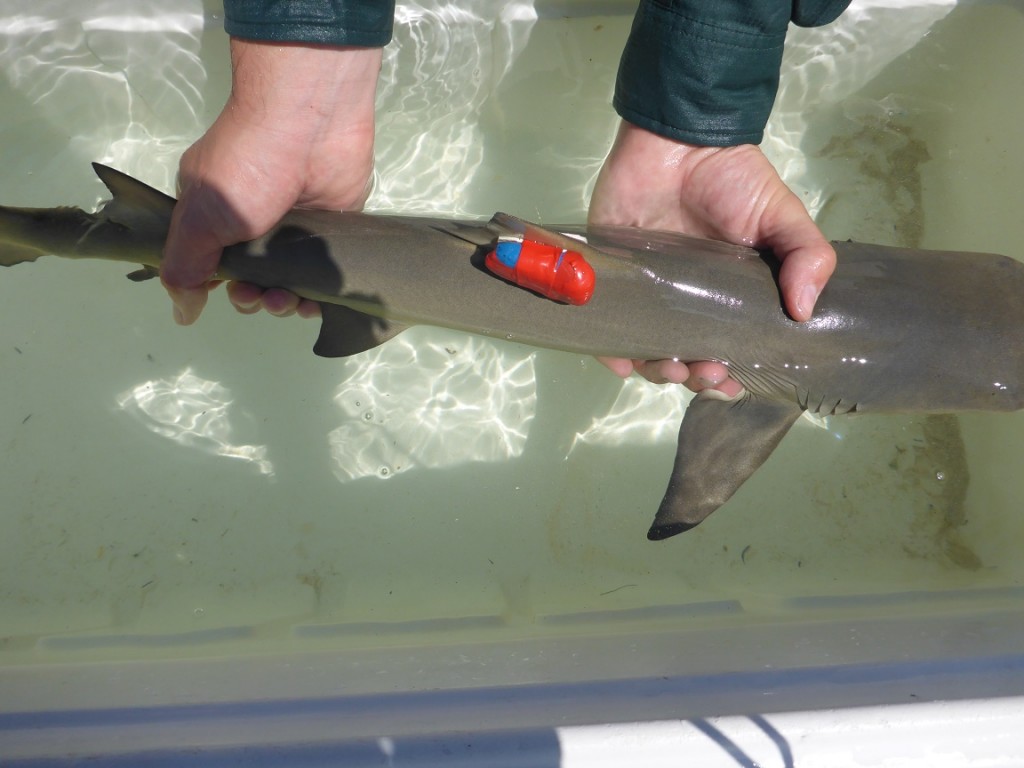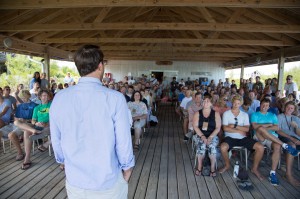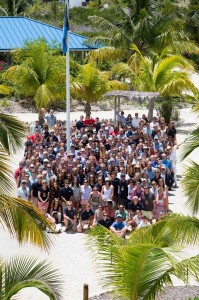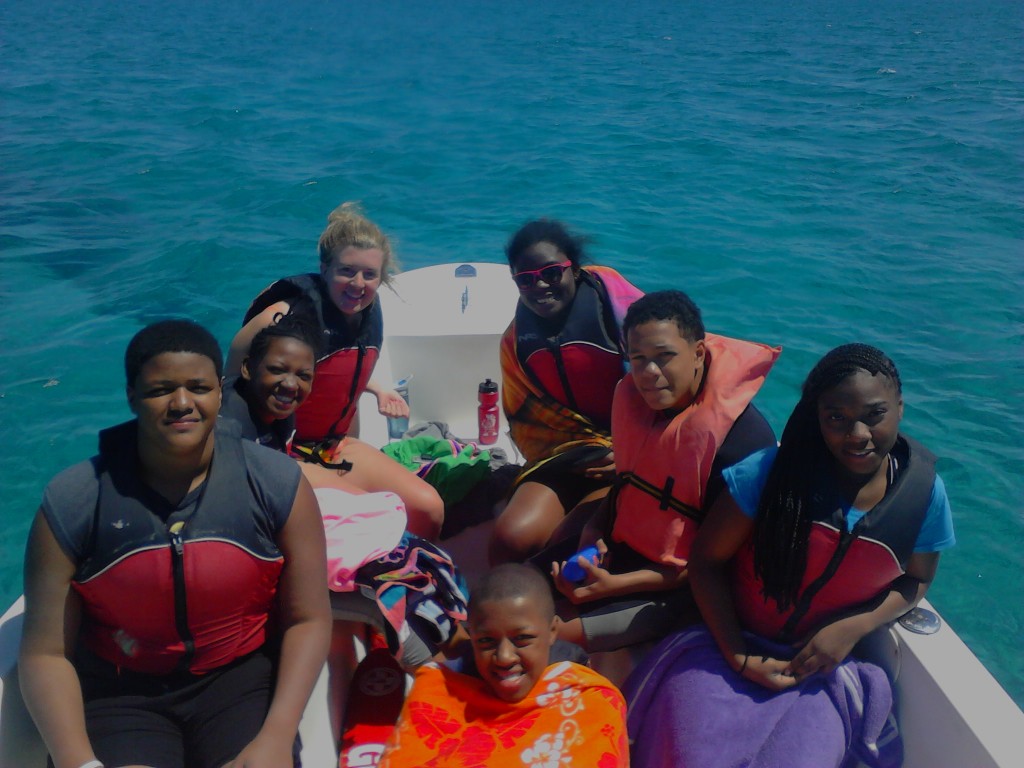Deep-water sharks are slow growing, slow to mature, and have a relatively small number of young, and as a result are extremely vulnerable to human-based disturbances. This, coupled with the migration of commercial fisheries from coastal to deeper waters, has resulted in large population declines in a number of deep-water shark species. Similar to their coastal counterparts, deep-water sharks are assumed to exert important top-down control on deep-sea communities, and, as a result, their behavior plays a particularly important role in influencing healthy ecosystem dynamics.
In order to further understand their ecological role and inform constructive management and policy, it is critical to assess the unique behavioral characteristics of these poorly understood elasmobranchs.
This semester members of the Shark Research and Conservation Program have been working diligently in collaboration with Microwave Telemetry to explore and uncover some of the mysteries behind the behavior of deep-water sharks. This particular study, led by Research Assistant and recent MSc graduate Oliver Shipley, aims to assess the daily vertical behavior of common deep-water sharks in the Exuma Sound via satellite telemetry.
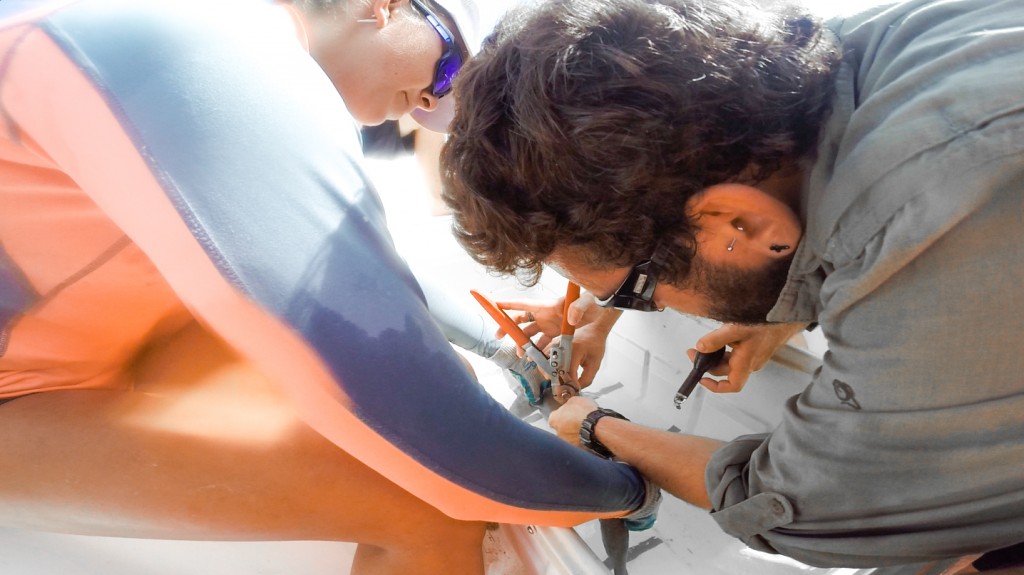
In order to assess movement patterns over a 24-hour cycle, animals are captured via demersal longlines (lines that sit on the ocean floor) and hauled to the surface using an electronic pot-hauler. These movements are assessed by attaching X-satellite tags (Figure 1), (measuring time, temperature, depth, and light) to the dorsal fin of animals deemed large enough to carry the tag without impairing movement. X-tags measure high resolution (every two minutes) data over a 14-day period.

Once tagged, animals are then placed into a newly designed release cage (Figure 2), in order to prevent predation by larger sharks during descent. Once the cage reaches the sea floor, a weighted door opens, enabling the shark to safely swim out. After the two week tracking period, a release mechanism causes the tags to pop off and rise to the surface, transmitting the data to an Argos satellite prior to analysis. Continue reading
